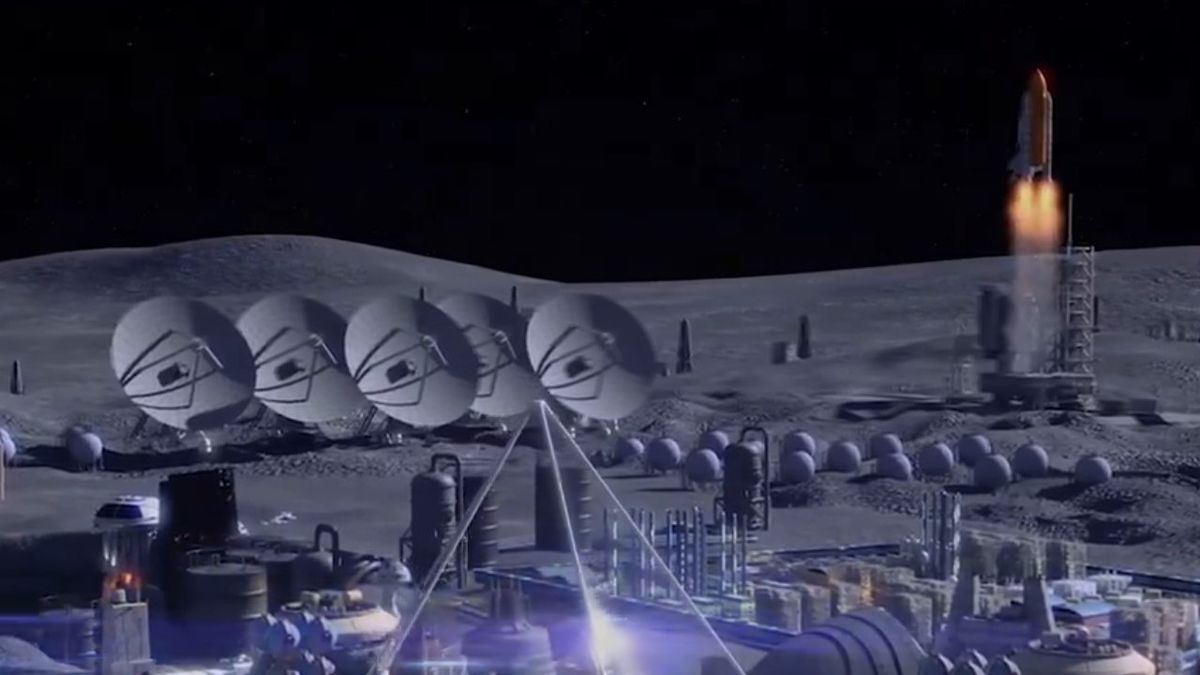SpaceX is launching 20 Starlink internet satellites from California this morning.


SpaceX launching 20 Starlink internet satellites from California this morning (Image Credit: Space.com)
SpaceX plans to launch another batch of its Starlink internet satellites from California this morning (Oct. 29).
A Falcon 9 rocket carrying 20 Starlink spacecraft, including 13 with direct-to-cell (DTC) capability, is scheduled to lift off from Vandenberg Space Force Base today, during a nearly hour-long window that opens at 7:44 a.m. EDT (1144 GMT; 4:44 a.m. local California time).
SpaceX will stream the launch live via X, beginning about five minutes before liftoff.
If all goes according to plan, the Falcon 9’s first stage will come back to Earth about eight minutes after liftoff. It will touch down on the drone ship “Of Course I Still Love You,” which will be stationed in the Pacific Ocean.
It will be the 14th launch and landing for this particular booster and its 11th Starlink mission overall, according to a SpaceX mission description.
The Falcon 9’s upper stage will haul the Starlink satellites to low Earth orbit (LEO), where they’ll be deployed about an hour after liftoff.
Related: Starlink satellite train: How to see and track it in the night sky
SpaceX has already launched more than 100 Falcon 9 missions in 2024, about two-thirds of them devoted to building out the Starlink megaconstellation.
The company currently operates more than 6,400 Starlink spacecraft in LEO, according to astrophysicist and satellite tracker Jonathan McDowell. About 250 of them are DTC satellites.







